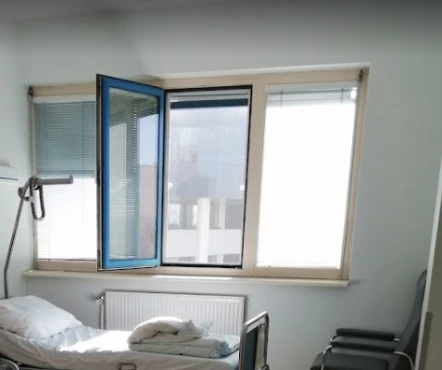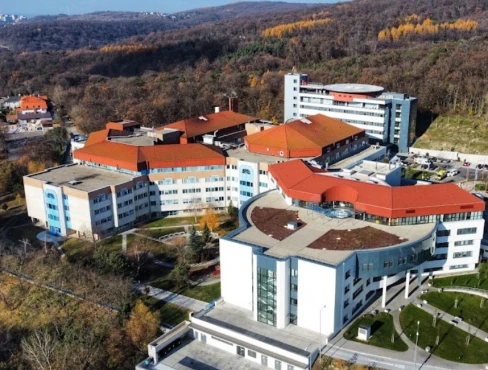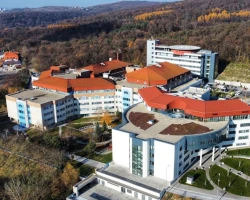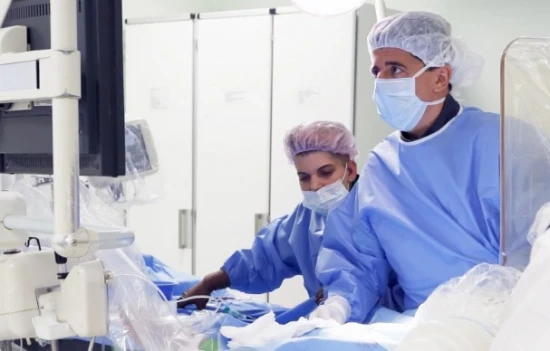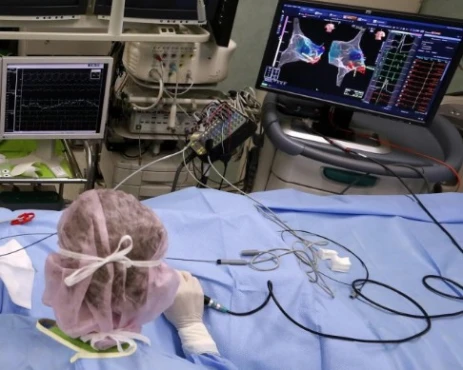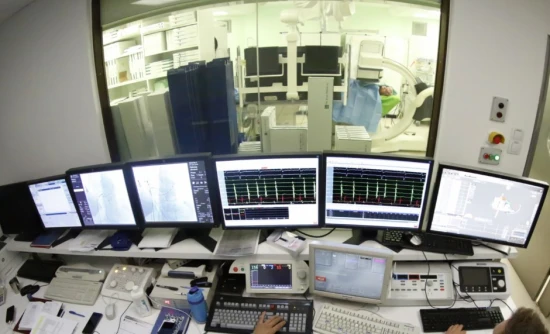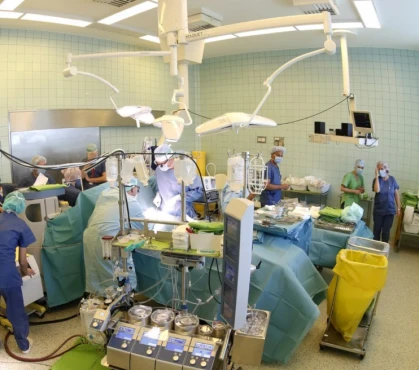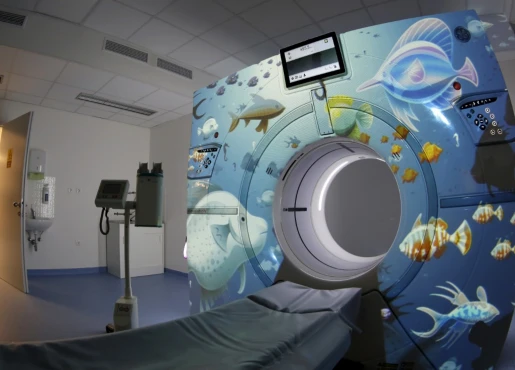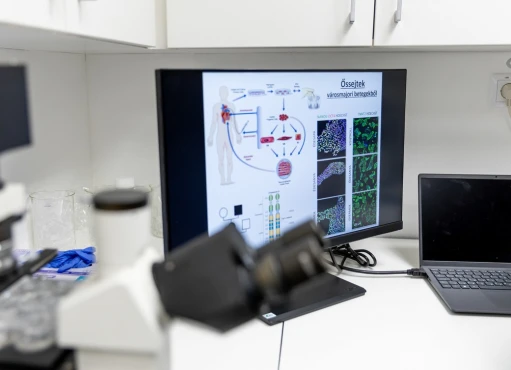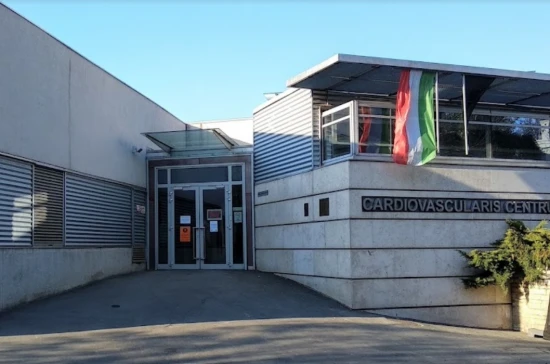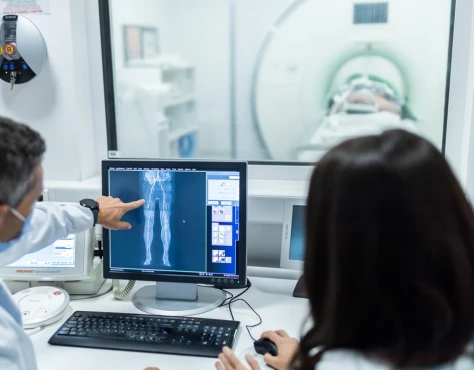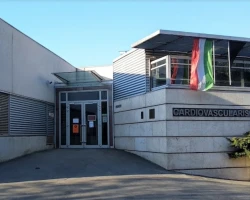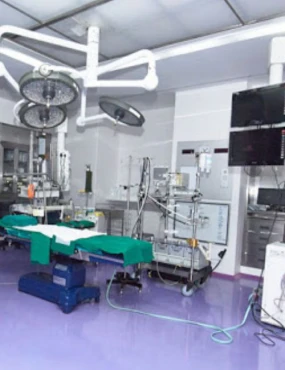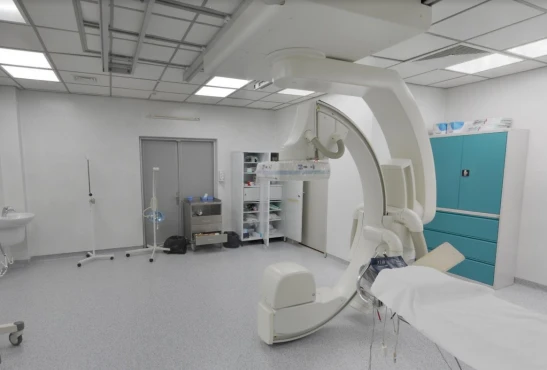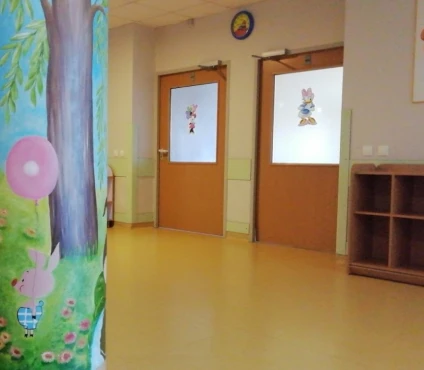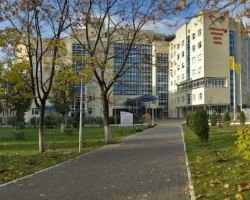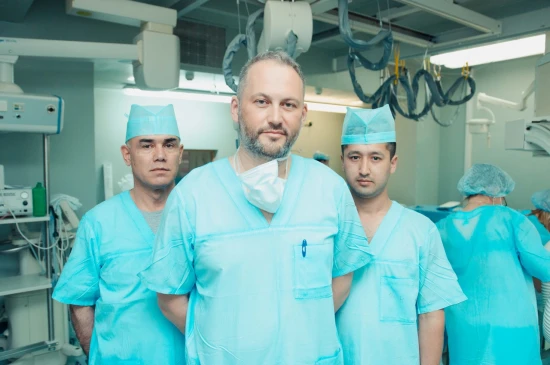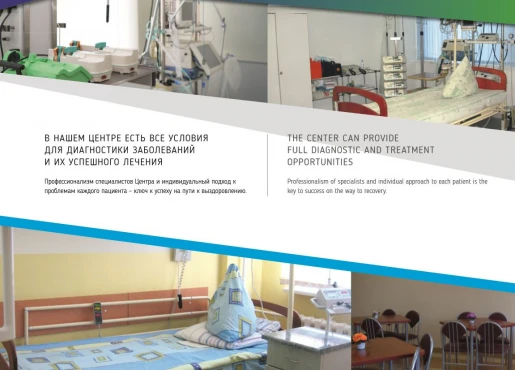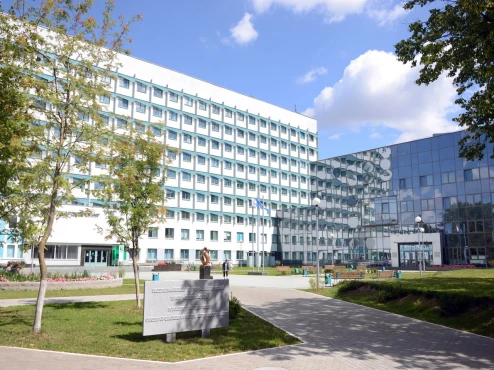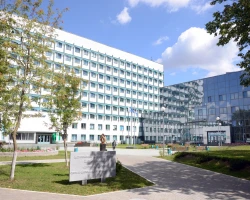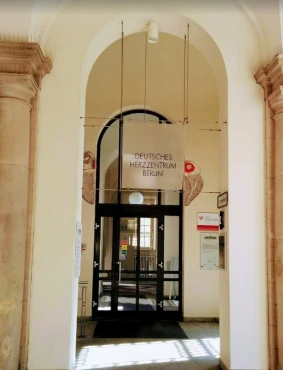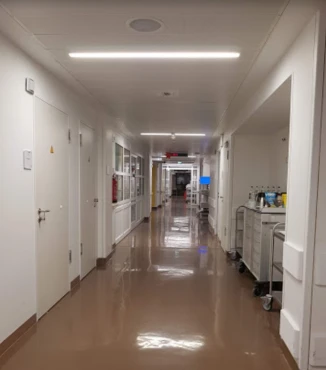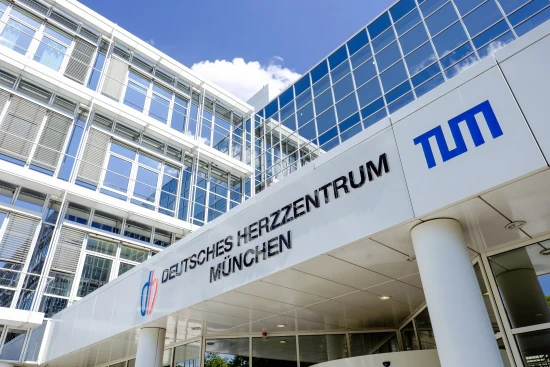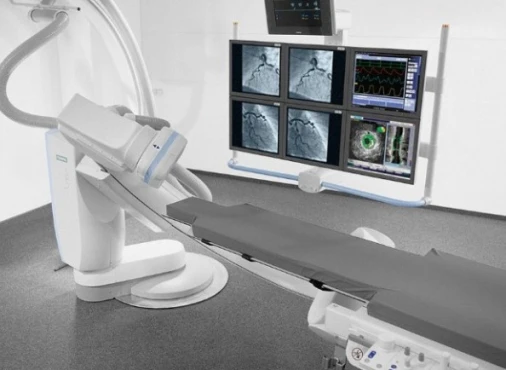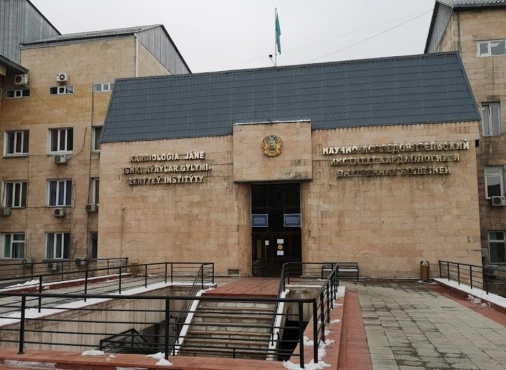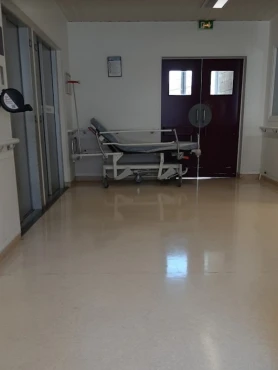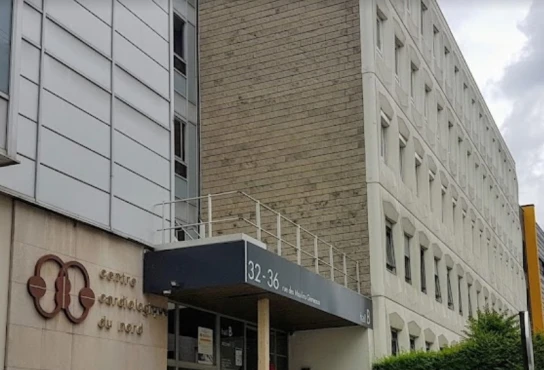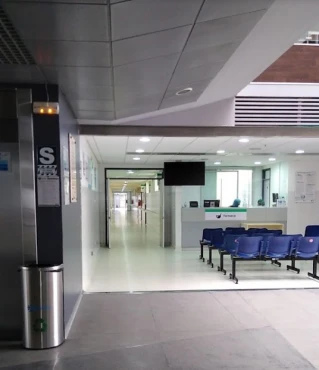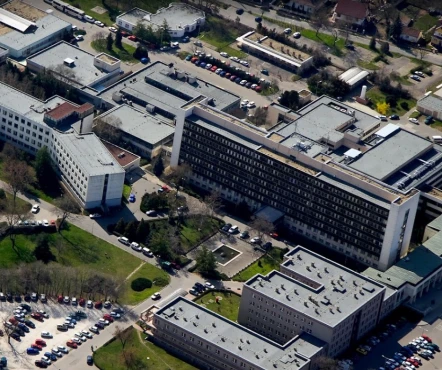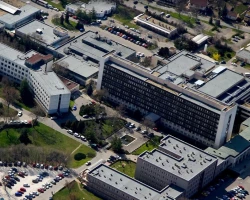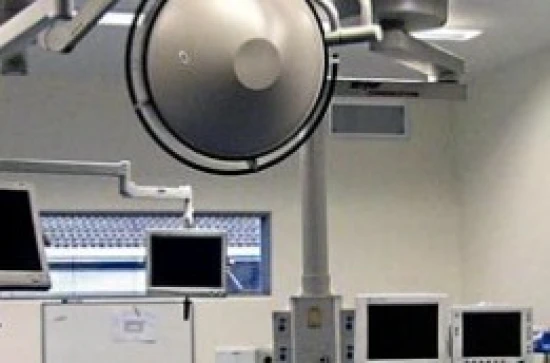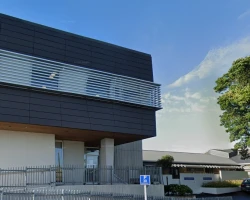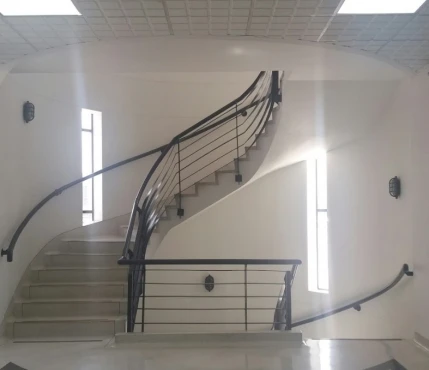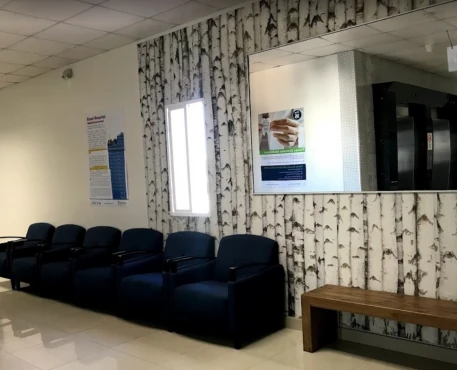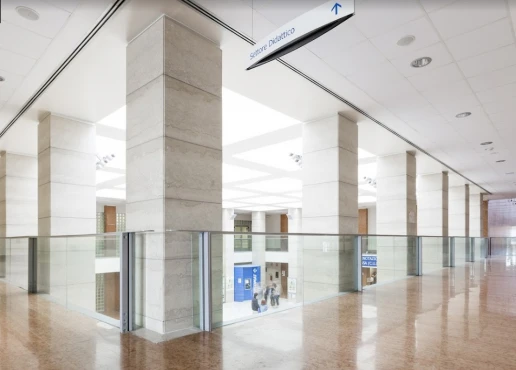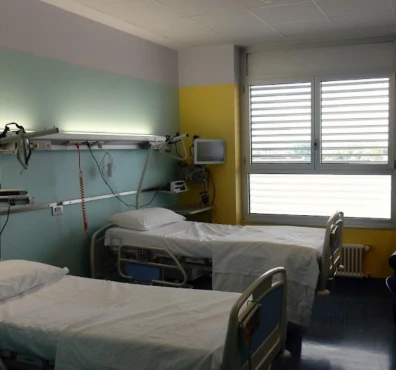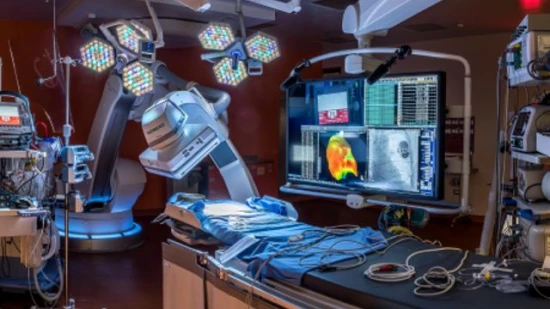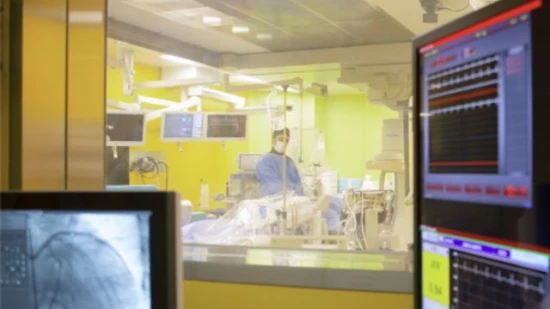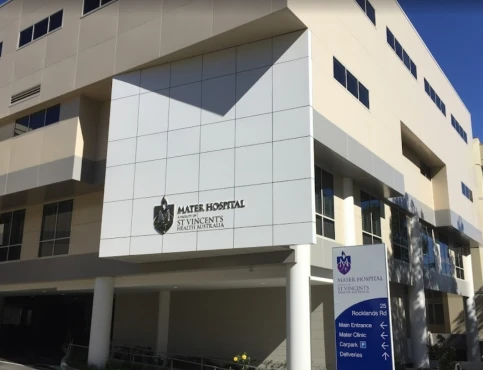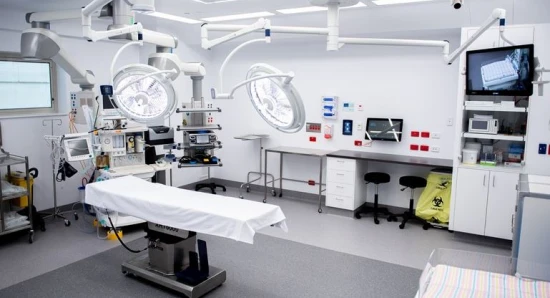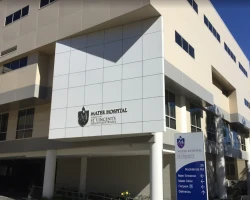Definition
An aortic arch aneurysm is a diffuse or localized enlargement of the aortic lumen between the ascending and descending parts of the aorta, exceeding the vessel’s normal diameter. An aortic arch aneurysm can be manifested by dyspnea, cough, dysphagia, hoarseness of voice, swelling, and cyanosis of the face, and swelling of neck veins, which is associated with compression of nearby organs. Diagnostic tactics in suspected aortic arch aneurysms include chest radiography, echocardiography, duplex scanning of the thoracic aorta, aortography, CT, and MRI. Treatment consists of resection of the aortic arch aneurysm under IR conditions with placement of a vascular prosthesis or endoluminal prosthesis of the aneurysm with a special endoprosthesis.
General information
Depending on the level of localization, aneurysms of the aortic root and sinus of Valsalva, ascending aorta, aortic arch, descending aorta, and abdominal aorta are distinguished. Quite often, combined lesions of adjacent aortic segments are found in cardiology and cardiac surgery. Thus, aortic arch aneurysms are rarely found in isolation; in most cases, they are a continuation of aneurysms of the aortic root or ascending aorta.
The aortic arch is commonly referred to as the part of the aorta located between the ascending and descending sections. It passes between the pulmonary arteries and bends around the left main bronchus. The aortic arch has three major vascular branches: the brachial trunk, the left common carotid, and the left subclavian arteries.
According to autopsy data, thoracic aortic aneurysms occur in 0.9-1.1% of cases, 3-7 times more often in men. Aortic arch aneurysms account for about 18.9% of cases. Lethality within three years after aneurysm detection is 35%, and it reaches 54-65% after five years.
Causes
The causes and mechanisms of the development of aortic arch aneurysms do not differ from those of other localizations. Congenital risk factors include:
- Inherited connective tissue diseases that contribute to weakness of the aortic wall – Marfan’s disease, fibrous dysplasia, Ehlers-Danlos syndrome
- cystic medionecrosis
- congenital tortuosity of the aortic arch
- coarctation, etc.
Among the acquired conditions, the leading role belongs to:
- inflammatory lesions of the aorta – specific and non-specific aortitis in rheumatism, syphilis, tuberculosis, mycoses, bacterial infection, Takayasu’s disease
- non-inflammatory degenerative processes (thoracic aortic atherosclerosis, etc.)
- thoracic trauma. Post-traumatic aortic arch aneurysms can form as a result of thoracic trauma. It can take a long time (from a few months to 20 years) from the time of injury to the development of an aortic arch aneurysm.
- iatrogenic factors. With the development of vascular surgery, aortic arch aneurysms due to defects in grafts and suture material, including post-stenotic aneurysms, are becoming more common.
Persistent arterial hypertension contributes to the weakening of the aortic wall tone and the formation of the aneurysmal sac. Age over 60, male gender, and the presence of aneurysms in family members are considered independent mechanisms of aortic arch aneurysm development.
Pathogenesis
Hemodynamic and mechanical factors, in addition to inflammatory and degenerative processes, play a role in the pathogenesis of aortic arch aneurysms. The peculiarities of hemodynamics in the thoracic aorta include high blood flow velocity, steepness of the pulse wave, and its shape. In addition, the thoracic aorta has the most functionally stressed segments – the root, isthmus, and diaphragm. Therefore, an increase in blood pressure or mechanical trauma quickly leads to the tearing of the inner sheath of the aortic wall with the formation of subintimal hematoma and, subsequently – aneurysm.
Aneurysms of inflammatory origin are characterized by periaortitis, thickening of the outer sheath and intimal layer of the aorta, and productive inflammation, which destroys the elastic and muscular framework of the aortic wall.
Symptoms
Aortic arch aneurysm of medium and large size leads to compression of neighboring anatomical structures, which determines the peculiarities of the clinical course of the pathology. The pressure of the aneurysmal sac on the surrounding tissues and stretching of the aortic nerve plexuses is accompanied by pulsation in the chest and pain behind the sternum with irradiation to the neck, shoulder, and back. As a rule, the pain has a persistent, burning character and is not relieved by nitrates.
Dry, painful cough, dyspnea, and stenotic breathing occur in bronchial and tracheal compression cases. When the aortic arch aneurysm compresses the recurrent nerve, laryngeal paresis (dysphonia and voice hoarseness) occurs; esophageal compression is accompanied by dysphagia. Headaches, swelling of the face and upper half of the torso, suffocation, cyanosis, swelling of neck veins, and hyperemia of the sclerae characterize the development of superior vena cava syndrome. When sympathetic pathways are compressed, Horner syndrome develops, manifested by pupil constriction, partial ptosis of eyelids, anhidrosis, etc.
Complications
In some cases, an aortic arch aneurysm is only recognized when it ruptures. This complication may be accompanied by mediastinal hemorrhage, hemothorax, esophageal bleeding, hemoptysis, and pulmonary hemorrhage. Massive bleeding is accompanied by sharp pain, pallor, loss of consciousness, and a thready pulse and, as a rule, quickly leads to death. In addition to rupture, aortic arch aneurysm may be complicated by thromboembolism of the large circulatory arteries, including cerebral arteries, leading to stroke.
Diagnosis
The diagnosis of an aortic arch aneurysm is based on clinical findings, radiography, aortography, ultrasound vascular scanning, CT, and MRI.
During the external examination, one may notice increased pulsation of the aortic arch in the jugular notch, as well as an eye-visible bulging of the aneurysmal sac in the area of the sternum. The fact of a history of syphilis, thoracic trauma, non-specific aortoarteritis, etc., is important. An aortic arch aneurysm can be suspected in some cases by the appearance of patients with Marfan syndrome: tall stature, thinness, long arms, arachnodactyly, a funnel-shaped chest, kyphoscoliosis, increased weakness of the ligamentous apparatus of the joints.
- Radiologic Diagnosis. Chest X-ray reveals the shadow of a dilated aortic arch and dilation of the vascular bundle. Calcinosis of the aneurysm walls is often determined. Radiography of the esophagus and stomach allows detection of displacement of the esophagus and gastric cardia. Invasive X-ray contrast aortography is used mainly to assess blood flow in the aortic branches.
- Sonography. Ultrasound plays aleading role in recognizing aortic arch aneurysms: echocardiography (transthoracic, transesophageal echocardiography) and duplex scanning of the thoracic aorta. This method is indispensable for determining the diameter of the aorta, the presence of dissection, and thrombi in the aneurysmal sac.
- **Tomography.**A CT scan of the thoracic aorta with contrast allows for the clear identification of baggy or spindle-shaped dilation of the aortic lumen, the presence of thrombotic masses, dissection, para-aortic hematoma, and foci of calcinosis. A differential diagnosis of aortic arch aneurysm should be made with lung and mediastinal tumors.
Treatment of aortic arch aneurysm
Conservative wait-and-see tactics can be used in isolated aneurysms of small size that do not cause clinical symptoms. In this case, patients are prescribed hypotensive agents, beta-blockers, and statins. At the same time, dynamic monitoring every six months is shown, including examination by a cardiologist, echocardiography, CT, or MRI. Aortic arch aneurysms over 5 cm in diameter with pain or compression syndrome, as well as aneurysms complicated by dissection, rupture, and thrombosis, are subject to surgical treatment.
- Open surgery. Radical treatment consists of resection of the aortic arch aneurysm. The essence of the operation consists of the excision of the aneurysm with replacement of the aortic defect with a vascular prosthesis, as well as in anastomosis of the brachycephalic trunk, left common carotid, and left subclavian arteries with the prosthesis. The operation is performed under conditions of artificial circulation with myocardium and brain protection from ischemia by hypothermia. Surgical lethality in this type of surgery is about 5-15%. The long-term results after aortic arch aneurysm resection are good.
- Endovascular intervention. In addition to open surgical intervention for aortic arch aneurysms, a closed endovascular prosthesis of the aneurysm is used. In this case, a special endoprosthesis with a guide is inserted into the lumen of the aneurysm and fixed above and below the aneurysmal sac. In some cases, in the presence of absolute contraindications to radical surgery, palliative intervention is performed, which consists of wrapping the aneurysm with synthetic tissue in case of threatening rupture.
Prognosis
In case of refusal of treatment, the prognosis of aortic arch aneurysm is unfavorable: about 60% of patients die within 3-5 years due to aneurysm rupture, CAD, or stroke. The prognosis is aggravated in the case of an aneurysm size of more than 6 cm, concomitant arterial hypertension, and post-traumatic genesis of the aortic arch aneurysm.

